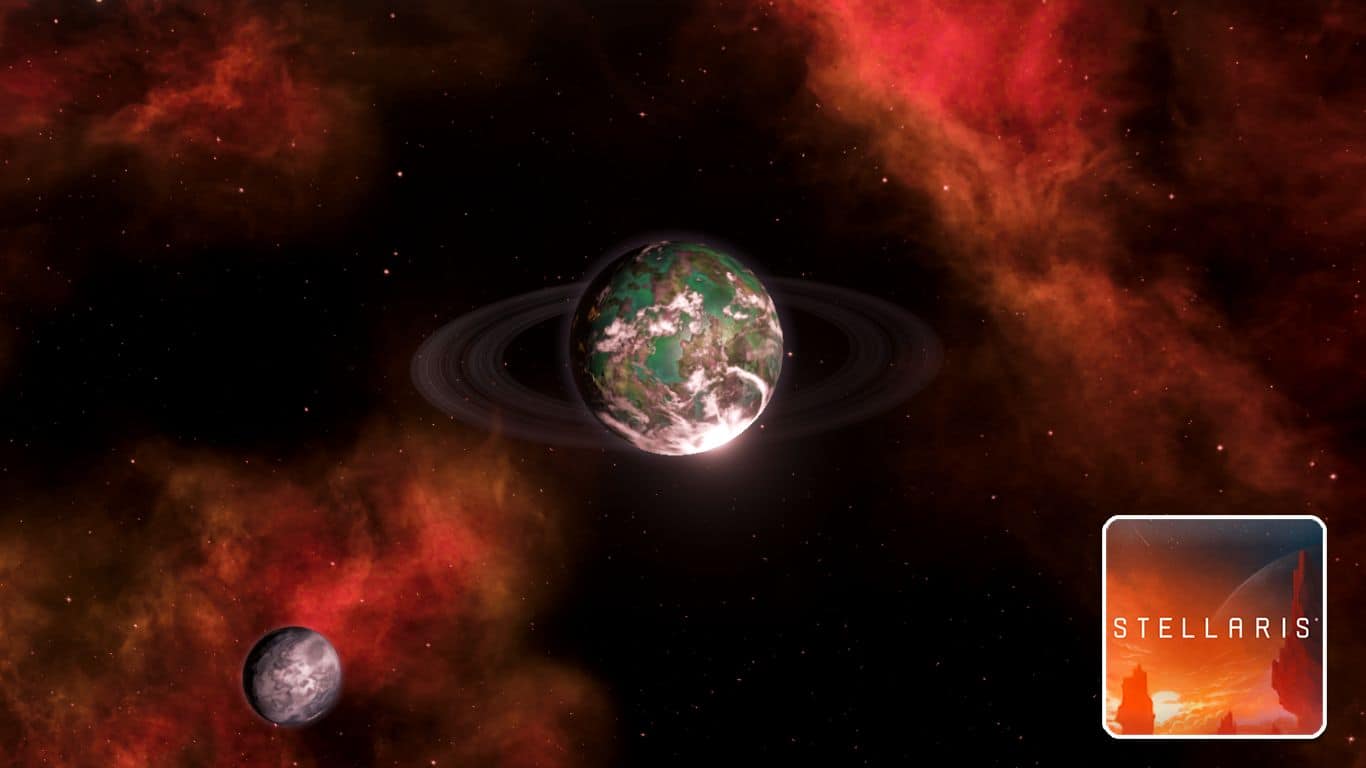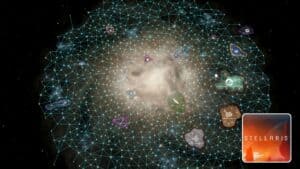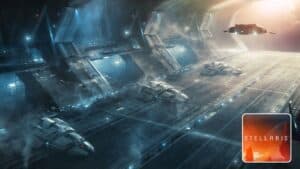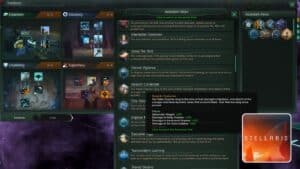Planets come in a variety of types in Stellaris, and knowing what is the best planet type, will help you make some sensible gameplay decisions.
You may think that all planets come equal and the only thing that matters is the planet climate. That is far from the truth, as many of the specialized planets come packaged with some awesome bonuses.
Recommended Read: How to Spend Civic Points in Stellaris
This guide will cover which of the specialist planets is best and will also give some advice when targeting standard planet types.
The best planet type in Stellaris is Ecumenopolis, then Gaia World, and in joint third are Hive World and Machine World. The best standard planet is any that has a high habitability rating.
Table of Contents
What Is the Best Planet Type in Stellaris?
You want to colonize planets in Stellaris. It is fun to advance them, it is where your pops will live, and it is where the bulk of your economy will come from.
This doesn’t mean you should be colonizing every single planet you find. This comes with its own problems too.
The ideal situation is that you are colonizing worlds with good habitability, and as the game progresses, start creating the special planet types.
Planets come in two forms: standard planets and special planets. Each has their own pros and cons.
Standard Habitable Planets
There are nine types of standard planets in Stellaris. They come in three different climate types: Dry, Wet, and Frozen. Each climate category has three distinct versions as well.
For instance, a Frozen planet will be either: Arctic, Alpine, or Tundra. Dry will be Arid, Desert, or Savannah. Finally, wet planets will be Continental, Tropical, or Ocean.
This is important because every pop has a habitability score for every planet. If the planet climate and type match the pop’s home world, they will receive a high habitability score.
This makes sense because if your pops are from a frozen planet and used to snow, they are not going to have a good time on a desert planet.
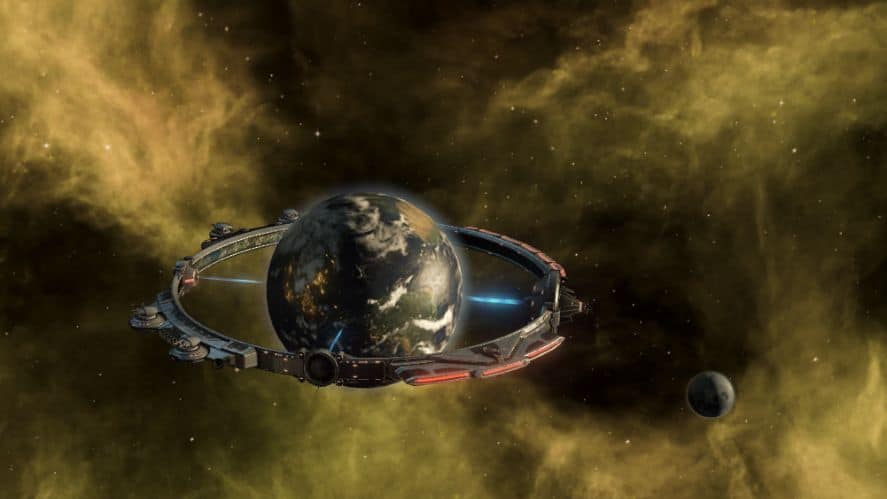
For every 1% a pop is below 100% habitability, you will incur the following penalties: 1% pop upkeep, 1% amenities usage, 0.5% reduction in pop growth, and 0.5% less job output.
So when it comes to the standard planets, there is a clear winner for the question: what is the best planet type? The planet which has the highest habitability score.
Something you should also know about standard planets is the deposits they are likely to provide. A planet’s climate increases the odds of it providing certain resource deposits and planetary features.
Continental worlds are more likely to provide bonuses to food production. Dry planets have a good chance of providing energy production opportunities.
Last up are the frozen worlds, which are more inclined to provide mineral production.
Bear those rules in mind when selecting your home world during empire creation. Lithoid empires rely a lot on mineral production and, as a result, will enjoy having a frozen world as their home planet.
Specialist Planets
While standard planets don’t bring anything special to the party, special planets are very different. These specialist planets have a rare chance of being present during galaxy creation.
As your empire becomes more advanced, you will be able to produce your own special planets through terraforming.
As it stands, there are four specialist planets that are good, and the rest are average at best. From best to worst, these planets are:
- Ecumenopolis. You know Coruscant from the Star Wars prequels? Well, ecumenopolis is the fancy word for planet-wide city.
You can make any planet into one of the city worlds if a few things are true: you have the Arcology Project ascension perk, all blockers are removed, and every district slot has city; or industrial districts built.
For 20 thousand minerals, the planet gets the following effects: 100% habitability, 15% pop production speed, 20% resource production from jobs, and unique districts.
People serious about playing the game in the “meta way” will want to invest in Ecumenopolis planets.
- Gaia World. Planetary paradises are how you would describe these worlds. Any pop can live on these planets, regardless of climate preference.
You can begin the game on a Gaia planet if you take the Life-Seeded origin, a good choice for a one-planet run. You can also terraform planets into one if you have the World Shaper ascension perk.
Every pop wants to live on one of these worlds because they provide the following buffs: 10% pop happiness, 10% resources from jobs, 100% habitability, and an increase of 50% to resettlement destination choice.
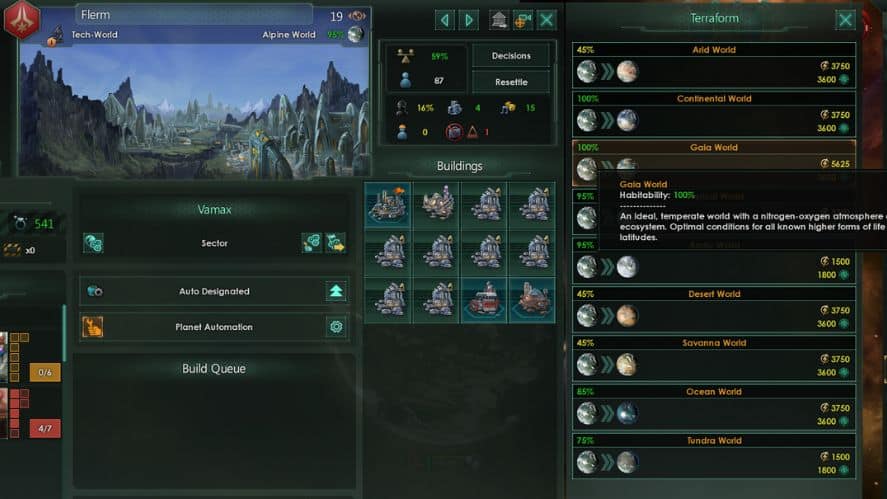
- Hive and Machine World. I am packaging these together, as they are pretty much the same thing. A hive planet is a hive mind paradise planet, while a machine world is a robot paradise planet.
Robots get the bonus of being able to start on a machine world if they have the Resource Consolidation origin. Otherwise, they both require an ascension perk to produce.
This would be the Hive Worlds or Machine Worlds ascension perk.
These are only useful to hive minds or robots, respectively. If you are not one of these, these planets are anathema to your pops, forcing 0% habitability on them.
Machine worlds give the following buffs to robots: 10% job output, -10% housing usage, an extra replicator job, and all your building slots unlocked.
Hive worlds give these buffs to hive mind pops: 100% habitability, 10% resource output, every city district provides an extra 6 housing, all building slots unlocked, and one spawning drone job.
This is everything you need to know about what is the best planet in Stellaris.
If you have any questions or suggestions for this guide, please let us know in the comments section below. As always, have fun picking the best planets in the galaxy for your empire to conquer.

